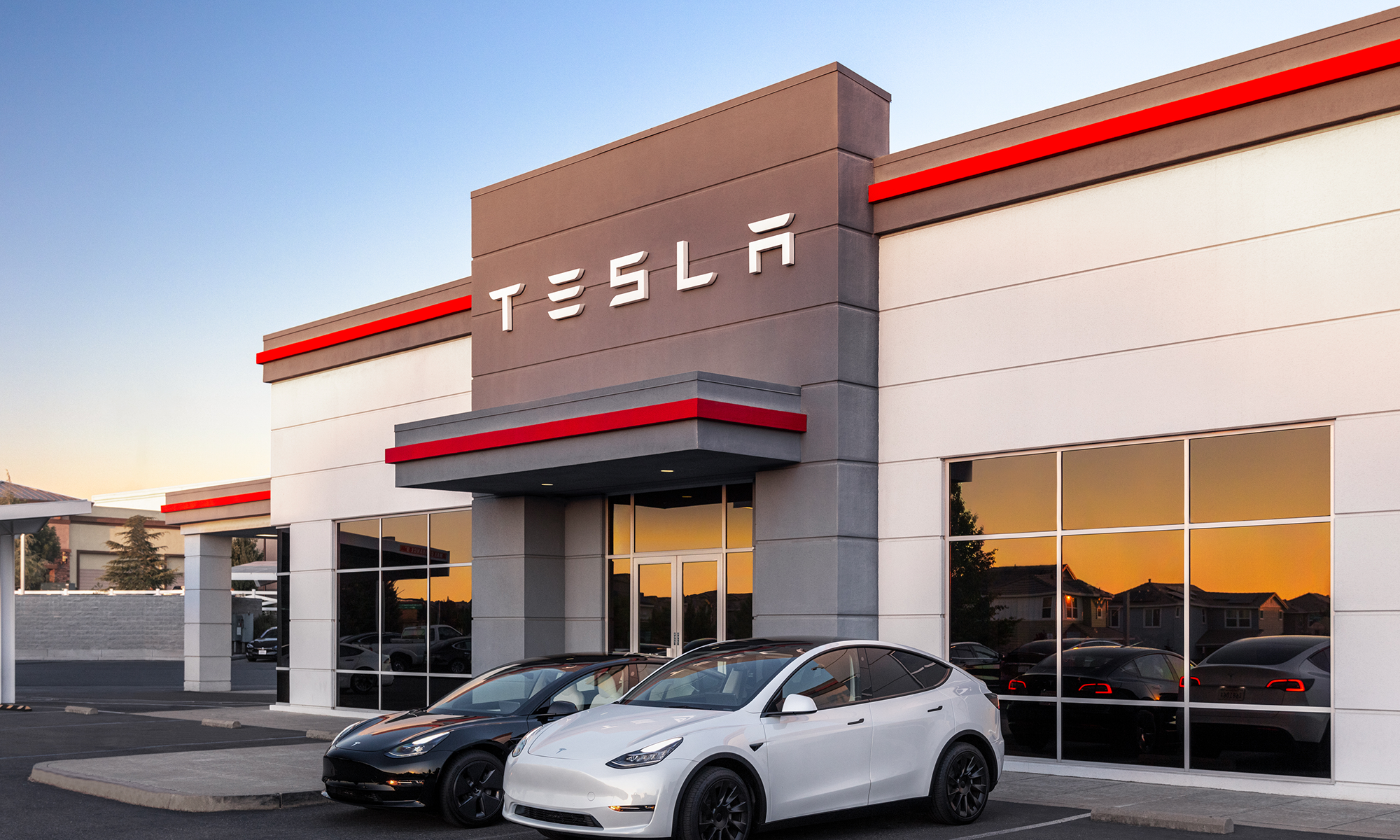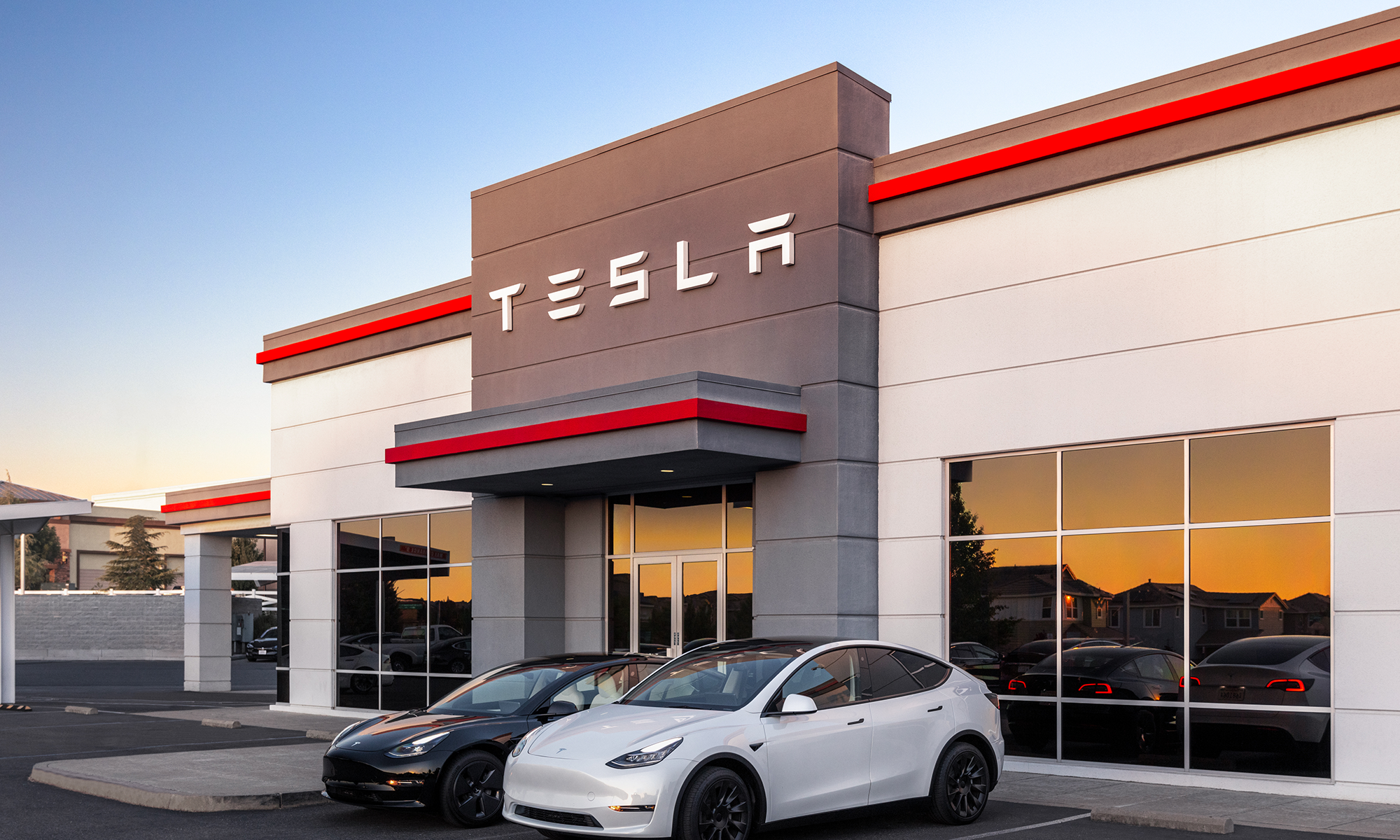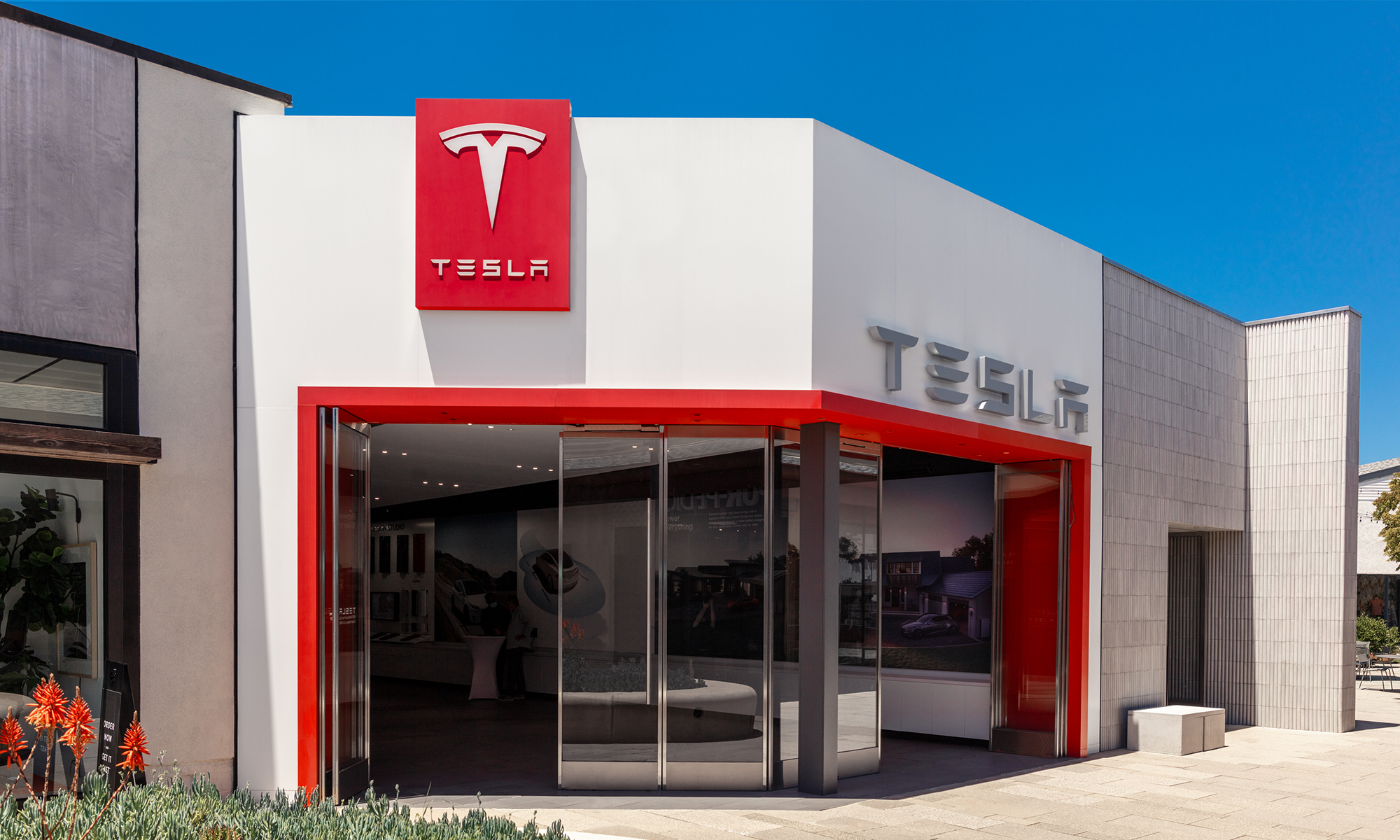Amazon (AMZN 0.67%) and Tesla (TSLA 1.02%) easily outperformed the S&P 500 (^GSPC +0.21%) last year, but the following billionaire hedge fund managers bought one and sold the other in the first quarter this year.
- Israel Englander of Millennium Management bought 229,253 shares of Amazon, increasing his stake 5%. It now ranks as his fourth-largest non-options holding. He also sold 855,104 shares of Tesla, reducing his stake 43%.
- Philippe Laffont of Coatue Management bought 83,599 shares of Amazon, increasing his stake by 1%. It now ranks as his second largest position. He also sold 531,754 shares of Tesla, trimming his stake 24%.
Importantly, the trades took place in the first quarter, which ended about 50 days ago. But most Wall Street analysts still think investors should buy Amazon and avoid Tesla, as implied by the following target prices:
- Amazon's median target price of $237 per share implies 15% upside from its current share price of $206.
- Tesla's median target price of $307 per share implies 10% downside from its current share price of $342.
Here's what investors should know about Amazon and Tesla.

Image source: Getty Images.
Amazon: The stock Englander and Laffont bought in the first quarter
Amazon reported solid first-quarter financial results. Revenue rose 9% to $155 billion and net income jumped 62% to $1.59 per diluted share. But management gave cautious guidance because of ongoing concerns. Second-quarter operating income is expected to land between $13 billion and $17.5 billion, which implies growth between negative 11% to positive 19%. Wall Street expected operating income of $17.6 billion.
The investment thesis for Amazon is simple: The company has a strong presence in three growing industries. It runs the largest online marketplace outside of China, it is the third-largest ad tech company worldwide, and Amazon Web Services (AWS) is the market leader in cloud computing as measured by infrastructure and platform services spending.
Importantly, Amazon is leaning on artificial intelligence (AI) to improve revenue and margins across all three segments. For instance, the company is developing about 1,000 generative AI applications to improve various aspects of its retail operations, from front-end customer service to back-end coding. AWS has also designed custom chips for AI training that offer 30% to 40% better price performance than leading GPUs.
However, investors should be aware tariffs could be a problem for Amazon, especially with respect to China. Brian Nowak at Morgan Stanley estimates 60% of third-party sellers have some China exposure, and that Chinese sellers represent a material source of advertising revenue. However, Nowak also believes Amazon's global supplier network will let the company continue to beat peers on price.
Wall Street estimates Amazon's earnings will increase at 10% annually through 2026. That makes the current valuation of 33 times earnings look somewhat expensive. But Amazon beat the consensus estimate by 21% in the last six quarters and that trend could persist if the U.S. economy avoids a tariff-induced recession. Investors should feel comfortable buying a small position today.

NASDAQ: TSLA
Key Data Points
Tesla: The stock Englander and Laffont sold in the first quarter
Tesla has seen a substantial decrease in demand across its three major geographies. Its market share in the first quarter plunged nearly 10% in the U.S. and Europe, and slipped more than 3% in China. Some blame lies with its aging lineup of relatively expensive electric cars, but CEO Elon Musk has also alienated potential buyers with polarizing political opinions.
The investment thesis for Tesla is twofold. First, demand should improve as Musk spends less time working with the Department of Government Efficiency and refocuses on Tesla. Similarly, the company plans to produce more affordable models in the second half of 2025, and lower selling prices could create incentives for buyers.
Second, Tesla has significant opportunity in self-driving cars and robots. The company will launch its first autonomous ride-sharing service in Austin, Texas, in June, followed by several other cities this year, according to Musk. Dan Ives at Wedbush Securities estimates robotaxis are a trillion-dollar market opportunity for Tesla.
In addition, Tesla is building autonomous humanoid robots to tap what Musk believes will be a $10 trillion opportunity in the future. He also says the company has the "best team of humanoid robotics engineers" and "the most advanced humanoid robot" in the world. Tesla will have thousands of robots working its factories this year and may commercialize the product next year.
Wall Street anticipates Tesla's earnings will increase at 14% annually through 2026. That makes the current valuation of 150 times earnings look absurdly expensive. In addition, the consensus estimate fell sharply in the last 90 days, which suggests at least some analysts think tariffs on imported auto parts will be a serious problem.
However, the consensus also fails to capture the possible earnings acceleration as Tesla monetizes robotaxis and robots. Of course, that thesis may take several years to play out, and there is no guarantee Tesla will be successful. Hedge fund managers tend to focus on near-term catalysts, which may explain why Englander and Laffont sold shares. But patient investors with conviction in Musk's vision should hold the stock.





